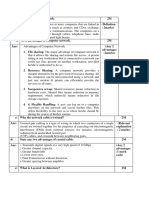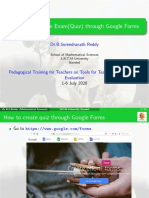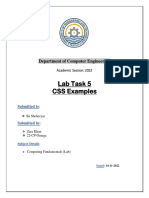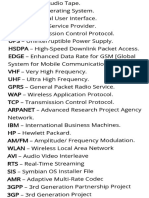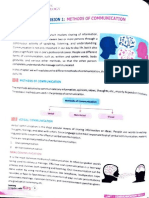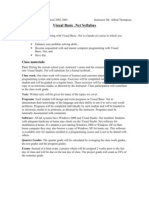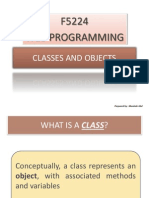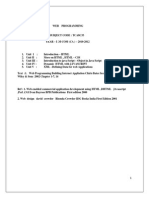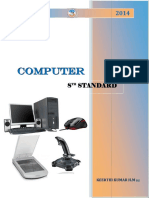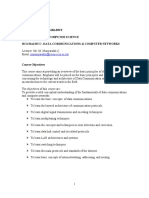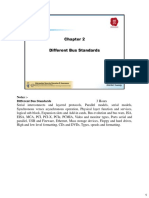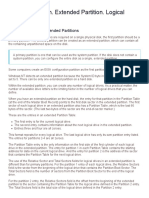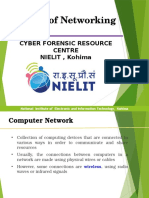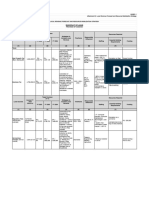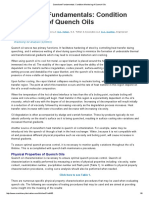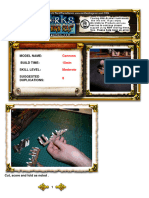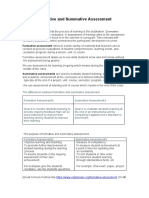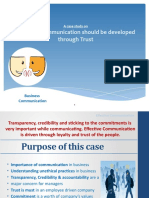SECOND SEMESTER
DATA COMMUNICATION & NETWORK
Time: 35 hrs.
Outline of Syllabus: Minimum number of hours
1 Network Fundamentals 06
2. Transmission Mode & Transmission Media 04
3. Multichannel Data Communication 03
4. Basic S/W and H/W Components of Networking 03
5. Network Models 06
6. Network Topologies 04
7. Switching Concepts 03
8. Wireless Communications 03
9. Network Security 03
1. Networking Fundamentals
Data & Information , Data Communication (Characteristics & Components of Data
Communication ) ,Data Representation , Data Flow (Simplex , Half Duplex , Full
Duplex ), Computer Network , Categories of a network , Protocol (Elements of a
Protocol ), Standards In Networking (Concept of Standard , Standard Organizations
in field of Networking), Data and Signal (analog, digital, frequency, amplitude,
wavelength, bandwidth, etc.), Communication channels, Transmission of digital
signal (baseband, broadband)
2. Transmission Mode & Transmission Media
Transmission Modes & Types, Transmission Impairments & Types, Transmission
Medium (Guided, Unguided), Fibre-Optic Communication: Optical source,
Propagation in fibre, Light detector, FDDI – fibre distributed data interface
3. Multichannel Data Communication
Circuits, channels and concepts of Multichannel link, PCM, Frequency division
multiplexing, Time division multiplexing, CODECS
4. Basic S/W and H/W Components of Networking
Network Interface Card, Routers, Switches, Firewall, Proxy Server, Operating
Systems (Server, Client)
5. Network Models
Concept of Layered task, TCP/IP model, Addressing in TCP/IP, introduction to OSI
reference model
�6. Network Topologies
What is a topology? Types
7. Switching Concepts
Circuit switching, Packet switching, switching modes
8. Wireless Communications
Introduction to Wireless Communication, Wi-Fi standards,
9. Network Security
Overview of network security, common types of attacks, security mechanisms,
Intrusion Detection System, Firewalls, Information Privacy and Copyright Issues
BOOKS RECOMMENDED FOR READING AND REFERENCE MAIN READING
1. Michael A. Miller, Introduction to Digital and Data Communications, JAICO
Publishing
2. James Martin, Telecommunications and the Computer, Prentice-Hall
3. Computer Networks, Tanenbaum, Third Edition, Prentice-Hall, India
4. CFS Study Material
5. Internet Information Server Guide by: -Mathew Strebe & Charles Perkins
6. Windows NT Security Hand Book by: Tom Sheldon (Tata McGraw-Hill publication
1. U.D. Black, Data Communication and Distributed Networks, Prentice-Hall
2. James Martin Processing, Computer Networks and Distributed Processing,
Prentice-Hall
3. The Wireless Application Protocol Pearson Education.


